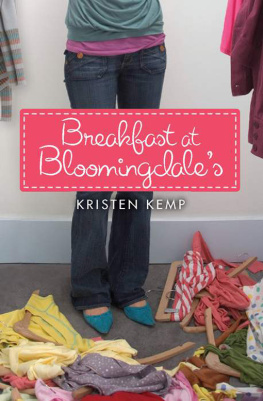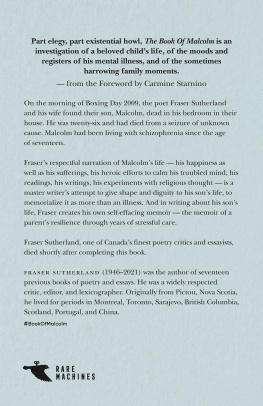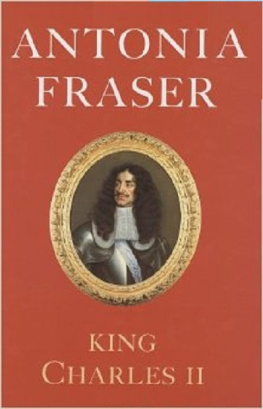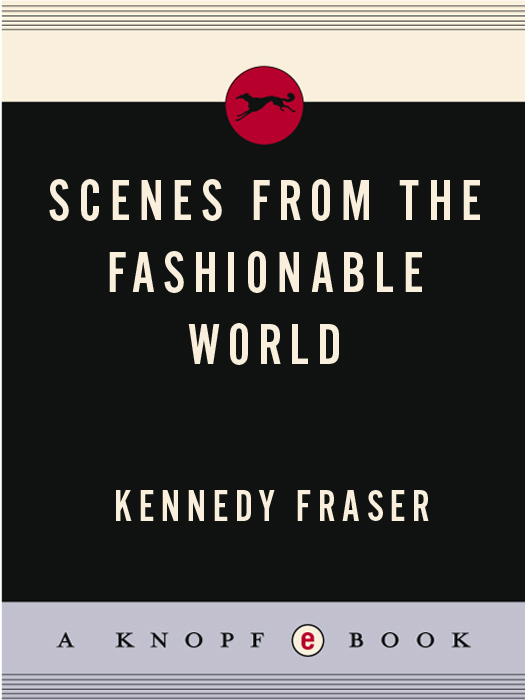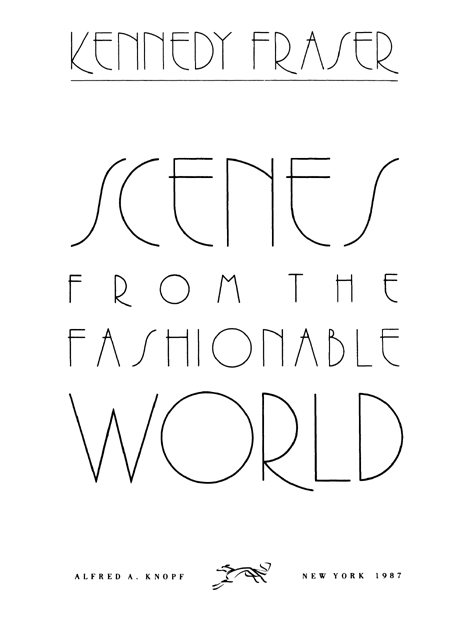Also by Kennedy Fraser
T HE F ASHIONABLE M IND : R EFLECTIONS ON F ASHION , 19701981
THIS IS A BORZOI BOOK
PUBLISHED BY ALFRED A. KNOPF, INC.
Copyright 1987 by Kennedy Fraser
All rights reserved under International and Pan-American Copyright Conventions. Published in the United States by Alfred A. Knopf, Inc., New York, and simultaneously in Canada by Random House of Canada Limited, Toronto. Distributed by Random House, Inc., New York.
All essays in this book first appeared in The New Yorker.
Grateful acknowledgment is made to the following for permission to reprint previously published material:
Chappell and Co., Inc.: Excerpt from the song lyrics Dont Make Fun of the Fair by Noel Coward. Copyright 1951 by Chappell Music Ltd. Copyright renewed. Published in the U.S. by Chappell and Co., Inc. International copyright secured. All rights reserved. Used by permission.
The poem on , Body Is to Spirit, is by Laurance Wieder. Reprinted by permission of the author.
Library of Congress Cataloging-in-Publication Data
Fraser, Kennedy.
Scenes from the fashionable world.
1. Fashion. 2. Costume designers. I. Title.
GT511.F72 1987 746.92 86-46127
ISBN 0-394-55483-3
eBook ISBN: 978-0-8041-5202-0
v3.1
FOR MR. SHAWN, WITH LOVE
I walked up gravely to the window in my dusty black coat, and looking through the glass saw all the world in yellow, blue, and green, running at the ring of pleasure. The old with broken lances, and in helmets that had lost their vizards, the young in armour bright which shone like gold, be-plumed with each gay feather of the east, allalltilting at it like fascinated knights in tournaments of yore for fame and love.
Laurence Sterne, A Sentimental Journey, 1768
CONTENTS
AUTHORS NOTE
The four short sketches that serve as curtain raisers for this bookgrouped as Scenes from the Fashionable Worldfirst appeared in 1982 and 1983 in the Talk of the Town department of The New Yorker. The editorial we is an organic element of the Talk story as a literary form, and I have chosen to retain the convention for these pages, too. The viewpoint of the vignettes is singular, and the voice, I would hope, my own.
The three longer chapters also appeared first in The New Yorker: The Great Moment in December 1983, The Light in the Eye in December 1984, and As Gorgeous As It Gets in September 1986. Fearing to tangle the reader in two kinds of present moment and to risk unbalancing the reality of the stories, I have chosen not to alter their time schemes. The present moment of each chapter remains fixed as that of its initial publication. I apologize to any people who find themselves described here with careers awkwardly frozen in mid-flight.
K.F.
New York, 1986
SCENES FROM THE FASHIONABLE WORLD
A NORMAL TUESDAY
A RE you going to the dinner for Erts ninetieth birthday tonight?
This is such a big night. I already have two cocktails, a dinner, and a supper.
Claudette Colbert said she was going, because Ert is a neighbor in Barbados. But from all I hear its going to be a push.
Today, Tuesday, a lunchtime buzz of voices fills Le Train Bleu, a restaurant that is to all appearances the dining car of a luxurious old European train and is reachable by a set of stairs leading from the sixth-floor housewares department of Bloomingdales. The double row of white-draped tables set with place cards and champagne fltes, the mahogany window frames giving onto the sky, the velvety green walls and ceiling, like the inside of a pea pod, could just as easily be in an airship as in a trainan airship moored for a moment but set to float off up Third Avenue or over the Queensboro Bridge.
We are sitting at a table with Jerome Zipkin, the man-about-town. He is a shortish man with a barrel chest and a large, egg-shaped head. Whether he is talkingperhaps telling a story about a train, a piece of pound cake, and a butler named Luigior sitting temporarily silent with his mouth half open in an ironic ready position, his eyes rake back and forth across the double line of tables stretching the length of the car. People are waving at each other, calling, blowing kisses down the aisle. Isnt that Sybilla down there? Mr. Zipkin asks. I recognize the back of her head.
Countess Consuelo Crespi, sitting opposite him, says there are no Europeans left in Europe these days. She knows that they are all in New York now because she saw them at a funeral last week. The man beside her, introduced as Mr. Teddy Millington-Drake, the painter, lights a cigarette.
Zipkin is worrying away at an identity like a terrier with a bone. You mean the one with black eyes, sitting next to Prince Romanoff? he says.
White-coated waiters come down the aisle carrying trays of ices shoulder-high. Models follow, carefully avoiding the waiters and casually carrying expensive umbrellas and travelling bags, as though they were on their way to catch a train. A blond man gets up from three tables down and makes his way through as well. There goes Ash Hawkins, someone says. I bet he has three more luncheons to go to today.
Zipkin sits squarely facing the table, leaving those who flank him to lean in to his conspiratorial chat. On the starched tablecloth he encounters a womans hand lying next to his. As he greets peopleothers in the room are now standing up and stopping beside his tablehe massages this feminine wrist with his fingertips, as lightly, rhythmically, and detachedly as if he were stroking a cat. The hand belongs to Arianna Stassinopoulos, a dark-haired young woman with a classic brow and tight coils of braided chignon at her nape. For all her youth, her style of dress and her social manner have that full-fledged, womanly European grandeur. She adores living here, she says. She has a car and driver for this evening to take her to the Ert dinner and some places along the way.
Cocktails at Derek Grangers, for Anthony Andrews, says Zipkin.
The opening of the sculpture show for Princess Marina of Greece, says Arianna Stassinopoulos.
The Ert opening. The Ert dinner. The Bulgari dinner at the Knickerbocker Club, says Zipkin.
You forgot the Princess Marina supper at Regines, says Arianna Stassinopoulos.
There you are, says Zipkin, with a laugh. Just a normal Tuesday!
R EGALLY upright in posture, in a high-necked purple velvet bodice and galleonlike skirts of purple gazar, Arianna Stassinopoulos opens the door of her apartment. From behind her, a young woman with light-brown wavy hair comes forward, one hand vaguely clutching the soft brocade folds of her fox-trimmed cape. Im Ariannas sister, Agapi, she says, giving us her other little hand to shake. A-g-a-p-i. Its the Greek word for love. We all go downstairs and get into the limousine.
T HE Granger party is in an apartment in the fifties near Fifth which turns out to belong to Hardy Amies, dressmaker to the Queen of England. The curtains are drawn. Apart from a motley collection of shells and paper-weights on illuminated glass corner shelves; the images of The CBS Evening News flickering away, huge and slightly curved, on a giant Advent TV screen; and a signed photograph of Her Majesty in the robes of the Order of the Garter, the room could be that of an expensive hotel in any part of the world. Many of the accents are British. We ask a man with a mustache and a well-tailored suit why the television set is on.




